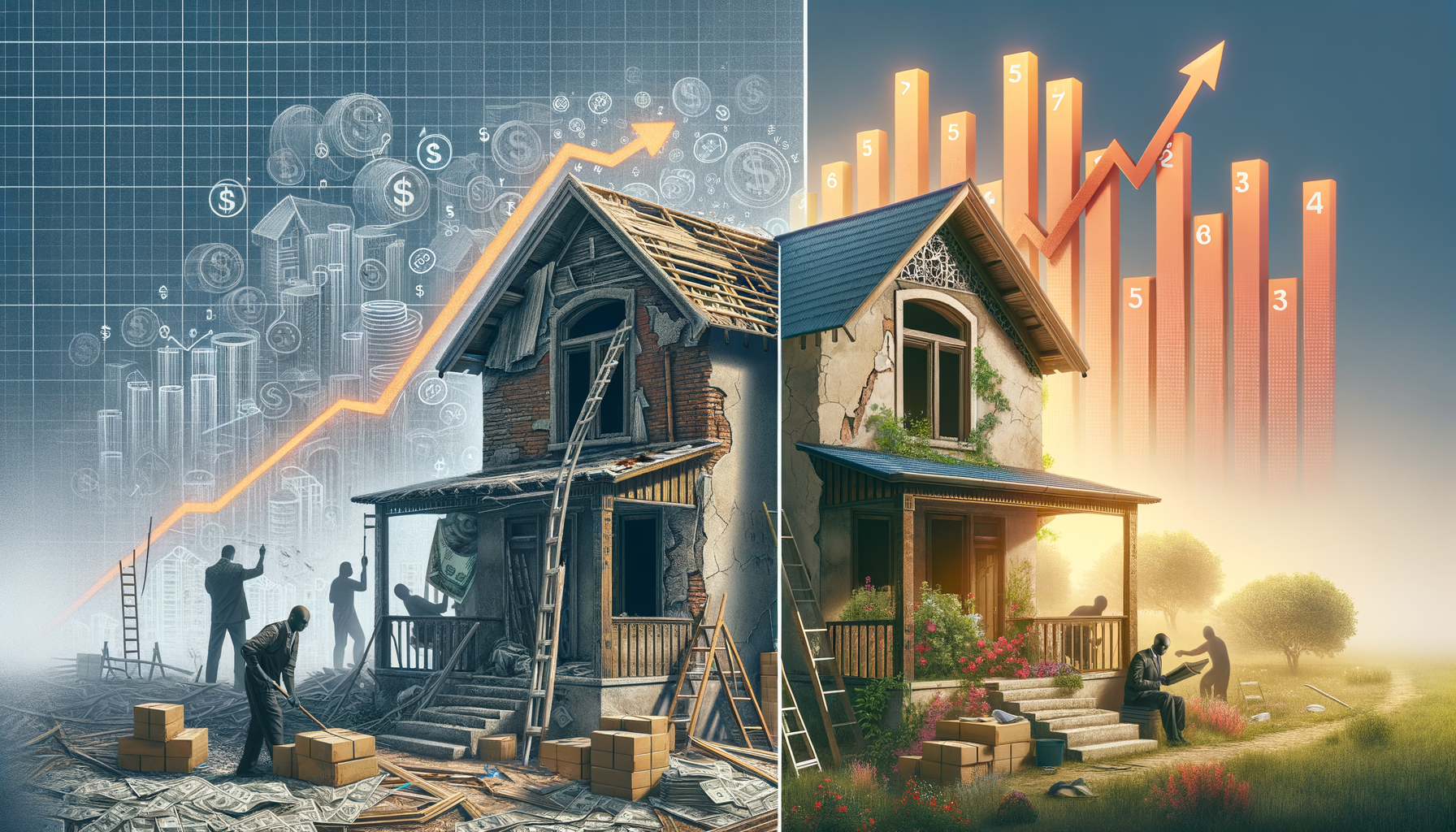Introduction: The Hidden Potential of Abandoned Houses
In many urban landscapes, abandoned houses stand as silent witnesses to past economic downturns and population shifts. While these structures may initially appear as eyesores or symbols of decline, they hold untapped potential for economic rejuvenation. By reimagining these spaces, cities can transform them into vibrant community hubs, affordable housing, or even innovative business spaces. This article delves into the economic implications and benefits of repurposing abandoned houses, exploring how this strategy can stimulate local economies and revitalize neighborhoods.
The Economic Benefits of Repurposing Abandoned Houses
Repurposing abandoned houses can yield significant economic benefits for communities. Firstly, it reduces urban blight, which can increase property values in the surrounding area. By transforming these structures into usable spaces, cities can attract new residents and businesses, leading to increased tax revenues. Additionally, the renovation and repurposing process itself creates jobs, from construction to long-term maintenance roles.
Moreover, repurposed houses can serve as affordable housing solutions, addressing housing shortages and providing economic stability for lower-income families. This can lead to a more diverse and resilient community, fostering a healthier local economy. The infusion of new residents and businesses can also stimulate local consumption, benefiting small businesses and service providers.
Case Studies: Successful Transformations
Several cities in the United States have successfully repurposed abandoned houses, setting examples for others to follow. In Detroit, for instance, community organizations have turned vacant homes into community gardens and art spaces, fostering a sense of community and pride. Similarly, in New Orleans, abandoned houses have been converted into youth entrepreneurship hubs, providing young people with opportunities to learn and grow.
These projects not only improve the aesthetic appeal of neighborhoods but also create new economic opportunities. By leveraging local talent and resources, these initiatives have sparked economic revitalization and community engagement. The success of these projects demonstrates the potential of abandoned houses to become catalysts for positive change.
Challenges and Considerations in the Reuse of Abandoned Houses
While the benefits of repurposing abandoned houses are clear, there are challenges to consider. One major hurdle is the cost of renovation, which can be substantial, especially for houses in severe disrepair. Securing funding and investment is crucial, and cities often need to collaborate with private investors, non-profits, and government agencies to make projects viable.
Another challenge is navigating legal and zoning regulations, which can be complex and vary by location. Communities must ensure that projects comply with local laws and meet safety standards. Engaging with local residents and stakeholders is also essential to address concerns and build support for redevelopment projects.
Conclusion: A Path Forward for Urban Renewal
The reuse of abandoned houses presents a promising path for urban renewal and economic growth. By transforming these structures into valuable community assets, cities can revitalize neighborhoods, create jobs, and stimulate local economies. While challenges exist, the potential benefits make the effort worthwhile. As more cities explore these opportunities, they pave the way for innovative solutions to urban challenges, offering lessons and inspiration for communities worldwide.








